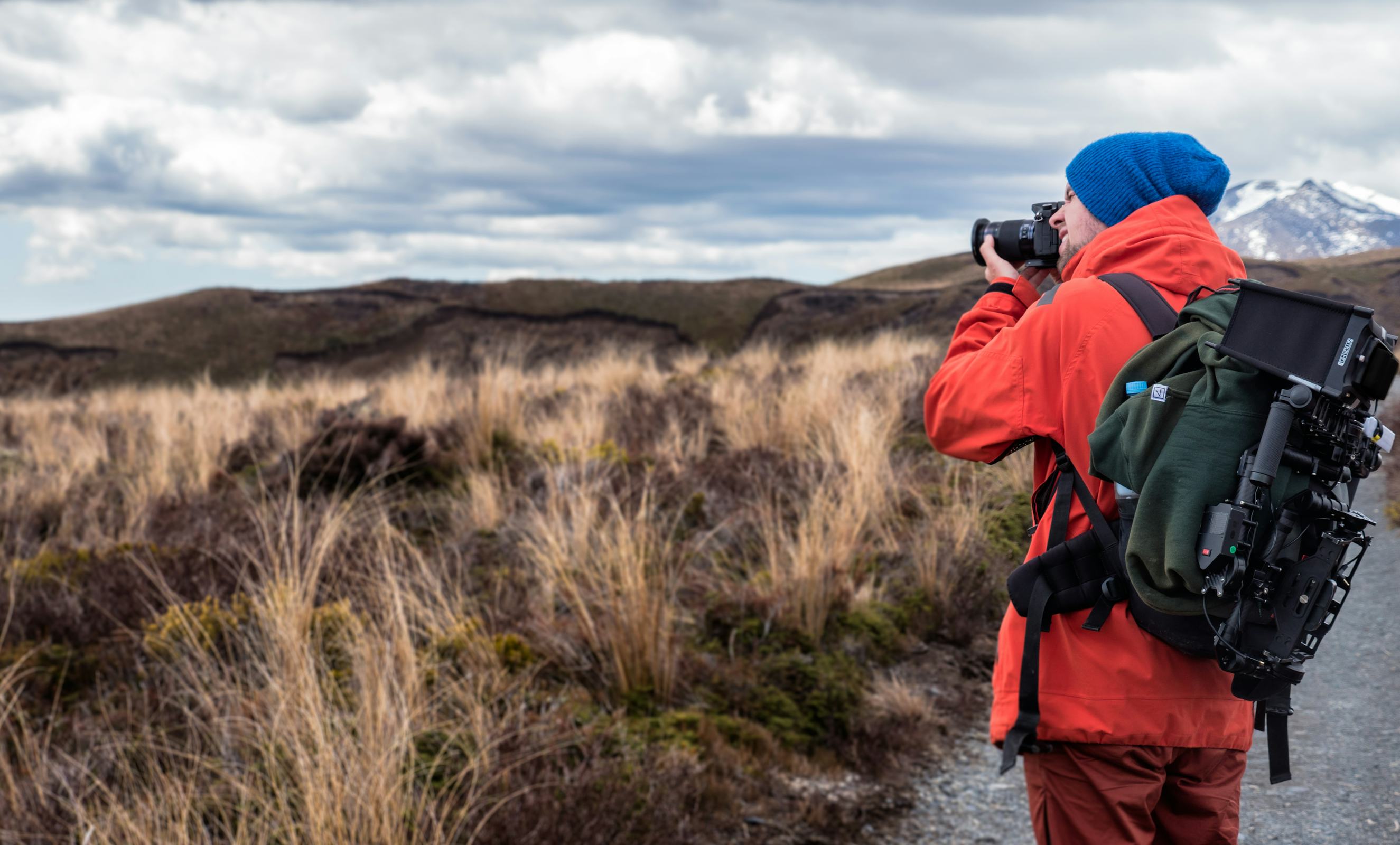
Capturing landscapes is one of the modalities within the nature photography that more participants have worldwide. At first glance it is as if it were the simplest, you just have to be in the right place, prepare your camera, look at the screen or the viewfinder and click. However, when downloading the images on the computer our images do not enhance the beauty we could see, the colors do not look alike or there are fuzzy details. If you want to avoid this kind of annoying moment, we have some basic considerations for you:
1. Pay attention - Look
The landscape is always immense, beautiful and very particular, logically you will not be able to capture it in a single photo; It is advisable to make several shots of the different elements that make it up; So you can highlight details and focus on what you want to highlight. Take it easy and concentrate on a single theme, the simpler things has greater strength and effectiveness. Keep an eye on everything you have around: the great summit, rocks, plants, insects, arachnids, river courses, buildings, among others, will allow you to begin the creative process that will make your photos differ from others. Remember that creativity is very personal; therefore, you will capture in each photograph your particular vision. You must master your camera, but also be sensitive to what you put before it.
2. Lighting
The same landscape at different times of the day and at different times of the year, will present us with an impressive range of variables. You should look for angles that allow you to diversify clearings, shadows, clouds, reflections and even the rays of the sun seeping through the sky or vegetation. Don’t forget anything, every frame counts. The best hours to take pictures of landscapes are the first hours of the morning and the last hours of the afternoon, at this time, the lighting is much warmer and the shadows give relief to the ground. Even when you look photos backlit, you can play with the silhouettes. Take advantage of that!
3. Stability
The use of the tripod provides certain advantages such as the possibility of obtaining a greater depth of field and the elimination of movements. If you do not have one, use a stone, a bag, a wooden log or some firm element to hold the camera at the time of shooting or programming the timer. Make sure the horizon goes straight, avoiding placing it in the center of your frame, unless you want to highlight the symmetry of the landscape, keep in mind that placing the horizon in the area below enhances the sky and the magnitude of the landscape.
4. Angles and Perspective
Look for different angles, when you are in natural areas, nature is the one in control, therefore you should play with perspective and framing to highlight those elements that want to highlight in the landscape. With perspective the images acquire depth and distance. If foreground elements and distant elements appear, the sense of perspective will increase.
